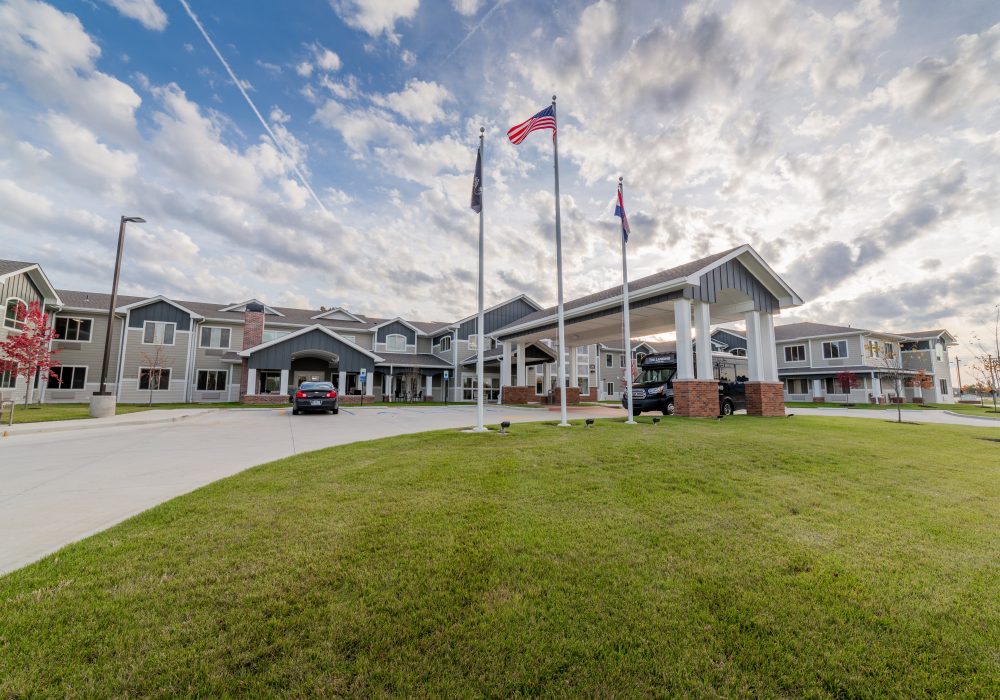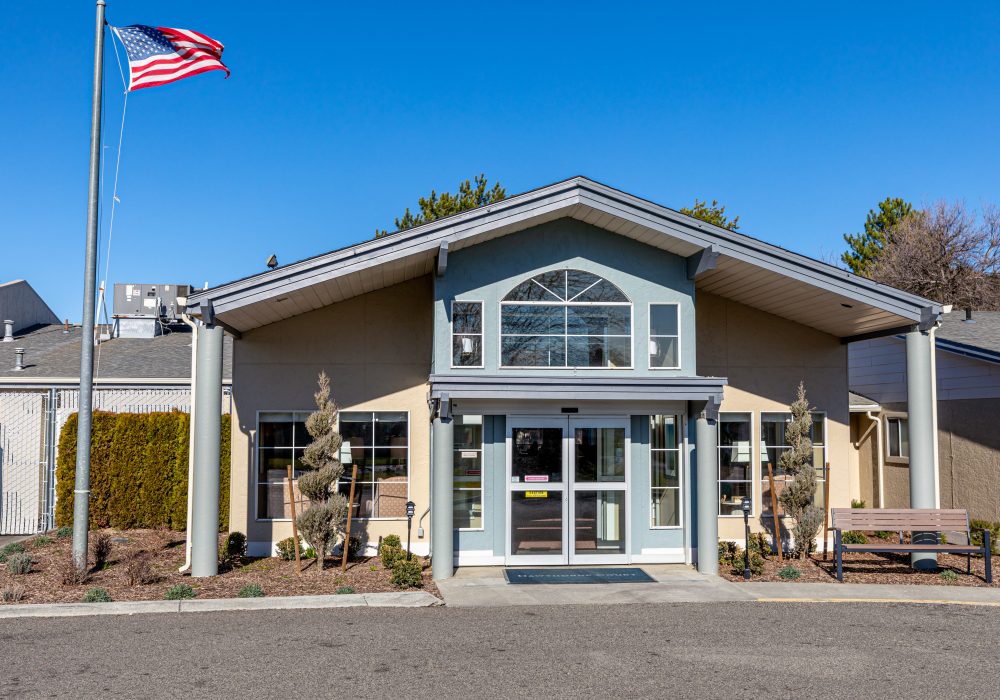
It’s no secret that senior living has evolved by leaps and bounds over the past decade. As senior communities have become more active and engaging places to live, the terminology associated with senior living has changed to better reflect today’s care and living options.
For many families and seniors starting their search for senior living, the terminology can be confusing. Understanding key senior care terms is one of the first steps to finding the right community for you. Take a closer look at some of the terms you may come across as you embark on your senior living search.
Understanding Common Senior Living Terminology
Activities of Daily Living
This is also referred to as ADLs and is a term used to describe personal self-care activities. ADLs often include dressing, bathing, eating, medication administration, and other activities that occur on a daily basis. When searching for assisted living, be sure to understand which activities of daily living you or your loved one will receive as part of assisted living gcare.
Assisted Living
Assisted living is a type of care provided in assisted living. Assisted living communities will have a license that certifies them to provide care with activities of daily living. Residents in assisted living typically receive assistance with meals, transportation, housekeeping, laundry, medication management, and more. In Leisure Care communities, assisted living plans are customized and regularly reviewed to ensure the appropriate level of care is being provided.
Experience Leisure Care Senior Living
Aging in Place
Many of today’s senior living communities offer a range of services that allow residents to stay in the community as they age and their needs change. From independent living, assisted living, and memory care, a community that offers several levels of care can help residents avoid the stress of moving during a difficult time.
Adult Day Care/Respite Care
Some senior living communities offer respite care or adult daycare. This allows family caregivers to utilize the services and amenities at the senior living community including meals, social activities, medication management, and more, without actually living in the community.
Continuing Care Retirement Community (CCRC) or Life Plan Community
A CCRC or life plan community offers multiple levels of care that allow residents to age in place. Levels of care can include independent living, assisted living, memory care, skilled nursing care, respite care, and/or hospice care.
Independent Living
A resident in independent living requires minimal or no assistance with daily activities. These communities are generally very active and have robust social calendars, a variety of meal plans, and cultivate a sense of belonging for aging seniors. Independent living communities can also have assisted living services if needs change over time.
Instrumental Activities of Daily Living (IADLS)
Similar to ADLS, IADLS refers to more complicated tasks like driving, balancing a checkbook, preparing meals, or taking public transportation. Adult children may notice a loved one needs help with IADLs before they see that a senior loved one needs assistance with ADLS.
Memory Care
Memory care is a type of senior care that provides services to residents with memory loss from Alzheimer’s disease or a related form of dementia. Typically these communities will have dementia-friendly dining plans, secured courtyards, dementia-friendly floor plans, and generally provide a higher level of care.
Sandwich Generation
The sandwich generation is used to describe adult children that care for aging parents and children. The term originated in 1981 with sociologist Dorothy Miller and is still used today to describe a generation of people that face unique financial, emotional, and physical burdens of being a caregiver to two distinct generations.
What terms have you come across in your search for senior living that is confusing? Let us know, we would love to hear your experiences.
Find a Leisure Care Community
Better with age, exceptional with us! Come and see how Leisure Care communities are helping seniors rediscover (and sometimes reinvent) themselves.








